CONFERENCE DAY 2 / FRIDAY 20 MAY 2016
| 08.30 | WELCOME AND COFFEE | |
 CHAIRMAN Hubert Mariotte xDSL Technology Expert Orange |
| 09.00 | Reverse Powering in an FTTdp Architecture | |
 Presenting a report on the real life implementation of a reverse powered fttdp architecture: Presenting a report on the real life implementation of a reverse powered fttdp architecture: • FTTdp in the context of the customer's network • The role of FTTdp DPUs, DPU and PSE overview • Why a single port DPU, Why a stand-alone PSE • Distances involved and performance- Architectural overview • Startup error conditions, Operational error conditions • Remote Copper Reconfiguration and Self Install Stefano Wosz, Aethra |
||
| 09.30 | Under the Hood of FTTdp Reverse Power Feeding | |
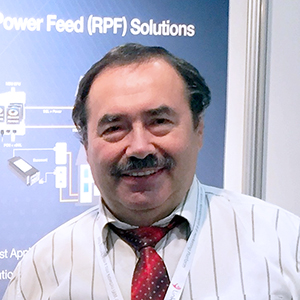 Presentation discusses major functional and electrical characteristics of RPF including CPE and DPU RPF architecture, startup procedure, power classes features and limitations, micro interruption, DPU power management. Presentation discusses major functional and electrical characteristics of RPF including CPE and DPU RPF architecture, startup procedure, power classes features and limitations, micro interruption, DPU power management. Arkadiy Peker, Microsemi |
||
| 10.00 | COFFEE BREAK |
| 10.30 | Orange: Latest Report from Test Labs | |
| Comparison of G.fast performances over different networks Bandwidth extension benefit Management solution. Hubert Mariotte, Orange |
||
| 11.00 | G.fast over COAX: Performance Measurements | |
| Not much is yet known about the potential performance you could expect over a COAX cable with G.fast. Addressing the expected performance you might expect to see and including examples of wiring topologies. The testbed, test tools, devices under test and test methodology are briefly presented to explain how all the numbers to be present were gathered. William Bittancourt, Senior Product Line Manager, Calix Networks |
| 11.30 | Breaking the Gigabit Barrier with 200MHz-enabled FTTdp Architectures | |
 Breaking the gigabit barrier with 200MHz-enabled FTTdp architectures Discussing our company's experience in helping carriers deploy 200MHz FTTdp networks that exceed gigabit speeds and providing information on best practices for network and equipment design. Breaking the gigabit barrier with 200MHz-enabled FTTdp architectures Discussing our company's experience in helping carriers deploy 200MHz FTTdp networks that exceed gigabit speeds and providing information on best practices for network and equipment design. Chano Gómez, Sr. Director Broadband Solutions Groups, Marvell Semiconductor Inc. |
||
| 12.00 | Simple and Open FTTdp | |
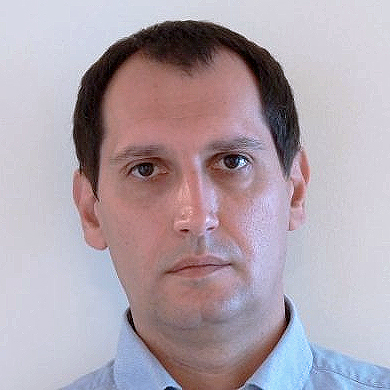 Hybrid ONT and DPUs, including single and multi-port DPUs coexisting, have the following problems: not unified management modes, too much managed elements, various managment systems coexisting. Those problems poses challenges to the targeted network conform with the principle of simpleness, openness and flexibility. Describing a simple&open DPU solution to build up a future-proof and SDN-ready network: 1 access Core ( OLT-centric access), 1 Management mode and 1 Management system. Hybrid ONT and DPUs, including single and multi-port DPUs coexisting, have the following problems: not unified management modes, too much managed elements, various managment systems coexisting. Those problems poses challenges to the targeted network conform with the principle of simpleness, openness and flexibility. Describing a simple&open DPU solution to build up a future-proof and SDN-ready network: 1 access Core ( OLT-centric access), 1 Management mode and 1 Management system. Christopher Mulley, Principal Architect, ZTE |
| 12.30 | LUNCH |
| 14.00 | The « Reach Extended G.fast » | |
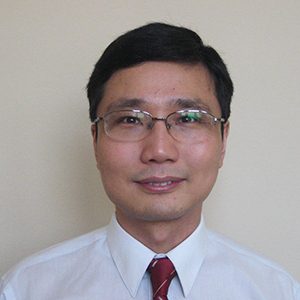 A potential technical challenge for Reach Extended G.fast is the co-existence between VDSL2 and G.fast. After Reach Extended G.fast, the next major new technology in line is the 212 MHz profile. Such a profile emphasizes higher data rates on shorter loops by using a wider spectrum (up to 212 MHz). Beyond G.fast, next-generation broadband copper access technologies are being studied. Presenting some preliminary results. A potential technical challenge for Reach Extended G.fast is the co-existence between VDSL2 and G.fast. After Reach Extended G.fast, the next major new technology in line is the 212 MHz profile. Such a profile emphasizes higher data rates on shorter loops by using a wider spectrum (up to 212 MHz). Beyond G.fast, next-generation broadband copper access technologies are being studied. Presenting some preliminary results. Dr. Dong Wei, Huawei |
||
| 14.30 | Making G.fast Faster | |
 What are the capacity limits of traditional copper pairs? Ongoing research in this area reveals that aggregate bitrates in excess of 10Gbps can be achieved on a single copper pair today. Exploring new techniques that drastically increase copper capacity and discussing use cases that define where these technologies might first appear in operators networks. What are the capacity limits of traditional copper pairs? Ongoing research in this area reveals that aggregate bitrates in excess of 10Gbps can be achieved on a single copper pair today. Exploring new techniques that drastically increase copper capacity and discussing use cases that define where these technologies might first appear in operators networks. Jochen Maes, Nokia Bell Labs |
||
| 15.00 | Discontinuous Operation for G.fast in the DP | |
 Showing different approaches to implement discontinuous operation in combination with linear and non-linear precoding. Performance and complexity trade-offs are discussed. As precoding and discontinuous operation is only part of the solution, ideas for optimized TDD framing, achieving minimum power consumption for given data rates, are presented. Showing different approaches to implement discontinuous operation in combination with linear and non-linear precoding. Performance and complexity trade-offs are discussed. As precoding and discontinuous operation is only part of the solution, ideas for optimized TDD framing, achieving minimum power consumption for given data rates, are presented. Rainer Strobel, Intel |
||
| 15.30 | Hybrid Access Networks: Bringing Faster Internet Access in Rural Areas | |
Given the cost of deploying fiber in rural areas, operators have started to explore hybrid access networks as an alternative. Describing and comparing three main families of solutions.
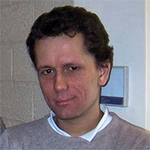 Olivier Bonaventure, Ph.D., Professor of Computer Science, Université catholique de Louvain |
| 16.00 | COFFEE AND END OF CONFERENCE | |
Platinum sponsor 2016

Silver sponsor 2016
![]()
Official sponsors 2016

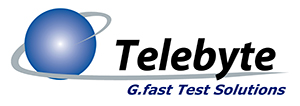
FULL AGENDA 2016
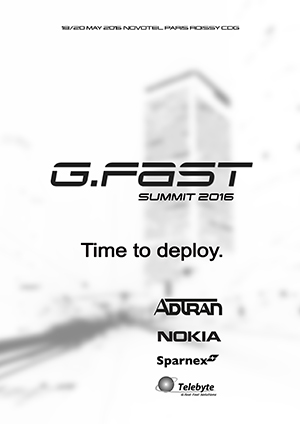
Event Partner

Endorsed by
![]()
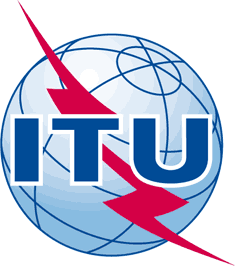
Media Partner






